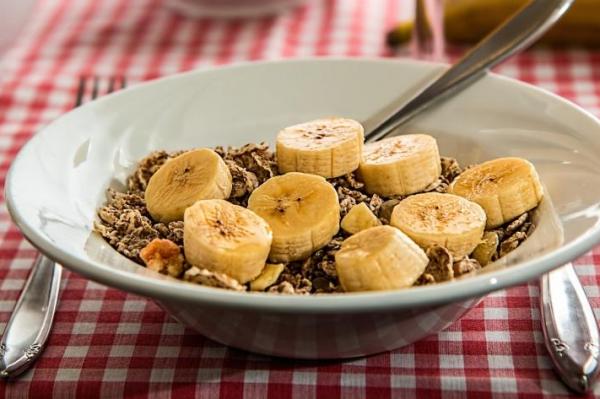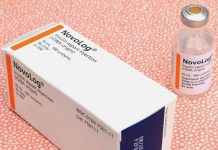
March 9 (UPI) — A high-fiber diet has previously been recommended for type 2 diabetes, but researchers have now discovered exactly why it improves health.
The diet helps promote gut bacteria, leading to better blood glucose control, greater weight loss and better lipid levels in people with type 2 diabetes, according to research published Friday in the journal Science.
The six-year study, led by Rutgers University, shows that these dietary fibers may rebalance the gut microbiota, the ecosystem of bacteria in the gastrointestinal tract that help digest food.
“Our study lays the foundation and opens the possibility that fibers targeting this group of gut bacteria could eventually become a major part of your diet and your treatment,” lead author Liping Zhao, a professor in the Department of Biochemistry and Microbiology, School of Environmental and Biological Sciences at Rutgers University-New Brunswick, said in a press release.
In research based in China, Zhao and scientists from Shanghai Jiao Tong University and Yan Lam, a research assistant professor in Zhao’s lab at Rutgers, studied patients with type 2 diabetes in two groups.
In a 27-person treatment group, participants were was given a large amount of many types of dietary fibers, along with a similar diet for energy and major nutrients. A control group of 16, meanwhile, received standard patient education and dietary recommendations. Both groups also took the drug acarbose to help control blood glucose.
“Leafy greens, whole grains, fruits with fibers: There’s lots of evidence that microbes will digest foods our bodies can’t,” Dr. Lynn Bry, director of the Massachusetts Host-Microbiome Center at Harvard University, who was also not involved in the research, told STAT. “When you eat, you’re not only feeding yourself, you’re feeding your microbiota.”
Twelve weeks after the study started, participants on the high-fiber diet had greater reduction in a three-month average of blood glucose levels than participants receiving standard care. In addition, their fasting blood glucose levels dropped faster and they lost more weight than the standard care group.
Only 15 of the 141 identifiable strains of short-chain fatty acid-producing gut bacteria are likely to be the key drivers of better health, researchers say, but they became the dominant strains in the gut after boosting short-chain fatty acids butyrate and acetate. They also led to increased insulin production and better blood glucose control.
Many bacteria break down carbohydrates, such as dietary fibers, and produce short-chain fatty acids that nourish cells lining the gut. In turn, they reduce inflammation and help control appetite.
But in diabetes and other diseases, there a shortage of bacteria’s short-chain fatty acids.
Researchers say they plan further studies to determine if greater changes to the gut microbiota could do more to help treat type 2 diabetes — possibly even curing it — in addition to the current study’s suggestion that increasing health of the microbiota as a way of managing the condition.





